Sign Out of OneDrive in Windows 10 (Unlink PC)
OneDrive is the online document storage solution created by Microsoft which comes bundled with Windows 10. It can be used to store your documents and other data online in the cloud. It also offers synchronization of stored data across all your devices. Today, we will see how to sign out of OneDrive.
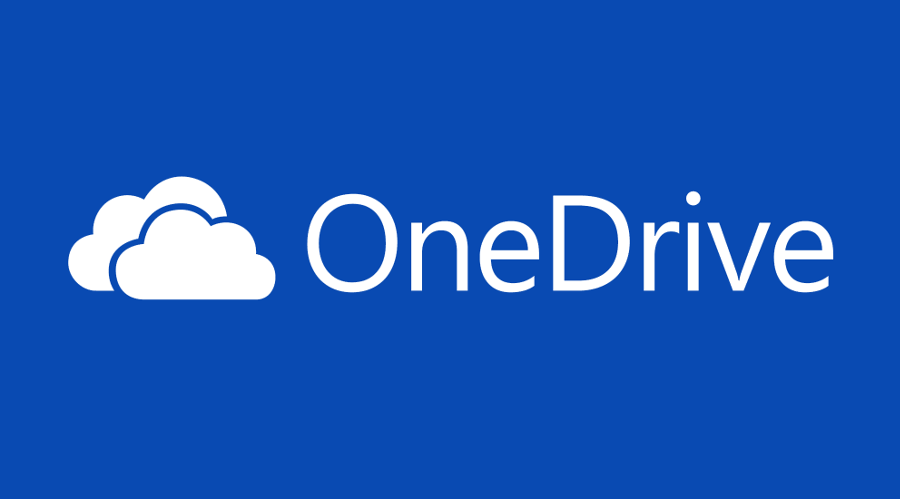
OneDrive is bundled with Windows since Windows 8. It is the all-in-one solution built by Microsoft to provide the user the ability to have the same files on every PC he signs in with using his Microsoft Account. Previously known as SkyDrive, the service got rebranded some time ago.
The synchronization feature in OneDrive relies on Microsoft Account. To use OneDrive, you have to create one first. Besides OneDrive, Microsoft Account can be used to log in to Windows 10, Office 365 and most online Microsoft services.
In Windows 10, OneDrive has very close integration with the OS. Once you are signed in to Windows 10 using your Microsoft Account, it starts prompting you to use OneDrive cloud storage as the place to save files and documents by default. It can be used as your online backup solution. For those who prefer storing files on their local PC, there are options to not use OneDrive as the default save location. Also, you can uninstall it completely in that case as described in the article "An Official Way to Uninstall OneDrive in Windows 10".
To Sign Out of OneDrive in Windows 10, do the following,
- Right click the OneDrive icon in the system tray to open its settings.
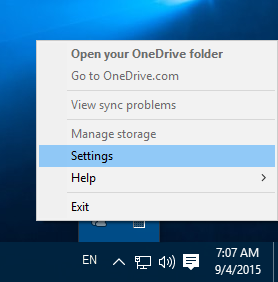
- Go to the Account tab and click on Unlink This PC as shown below.
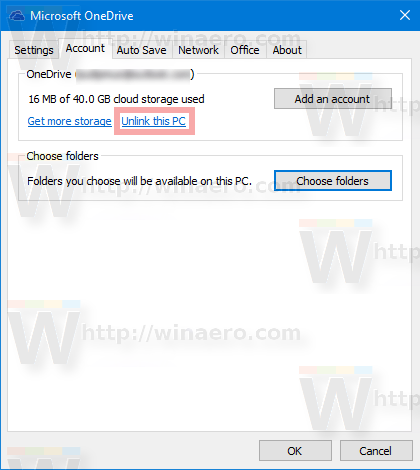
- The OneDrive app will now be unlinked from this PC. It won't sync files to your OneDrive folder in Windows 10.
You are done! Later, you can sign-in to OneDrive again and link your PC, as follows.
To Sign In to OneDrive in Windows 10
- Run OneDrive and set up your account.
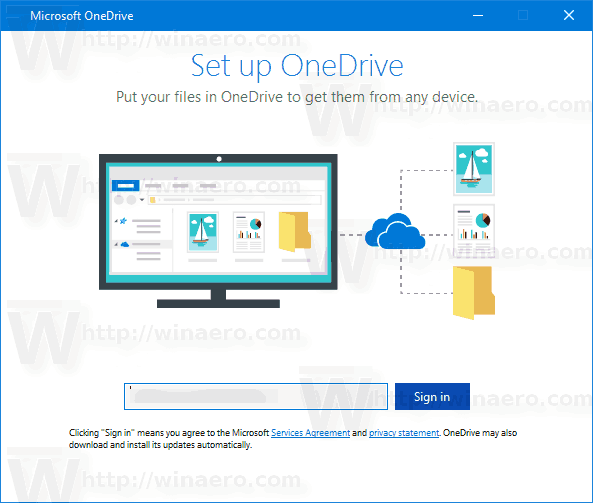
- Type your password when prompted.
- On the next page, click the link Change location and specify the folder where you are going to store OneDrive files. You can use the default value here.
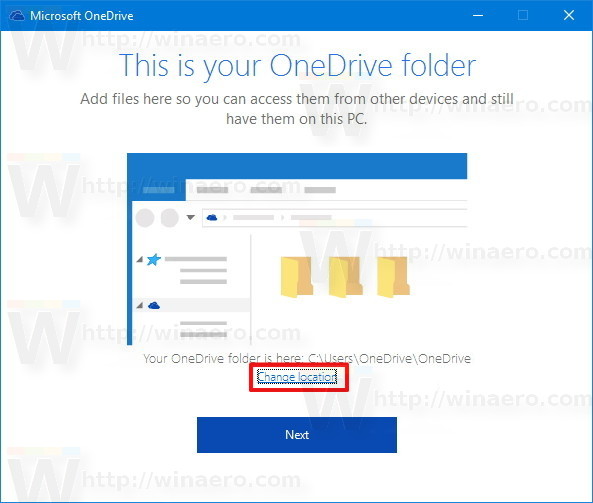
- If you set a custom folder, confirm your choice in the next dialog (click on the button Use this location).
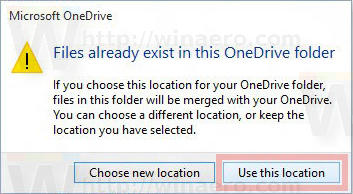
- Finish your OneDrive app configuration and you are done.)








No comments:
Post a Comment